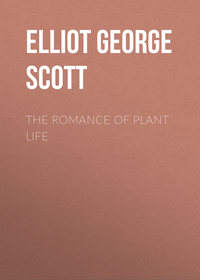Читайте только на Литрес
Книгу нельзя скачать файлом, но можно читать в нашем приложении или онлайн на сайте.
Читать книгу: «The Romance of Plant Life», страница 17
Что-то пошло не так, попробуйте зайти позже
Покупайте книги и получайте бонусы в Литрес, Читай-городе и Буквоеде.
Участвовать в бонусной программеВозрастное ограничение:
12+Дата выхода на Литрес:
11 августа 2017Объем:
382 стр. 5 иллюстрацийПравообладатель:
Public Domain
